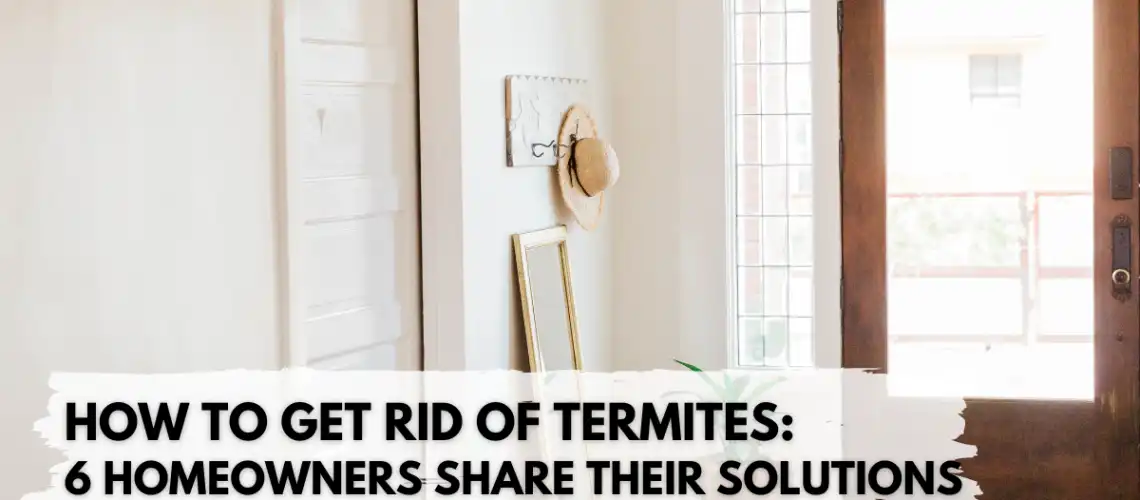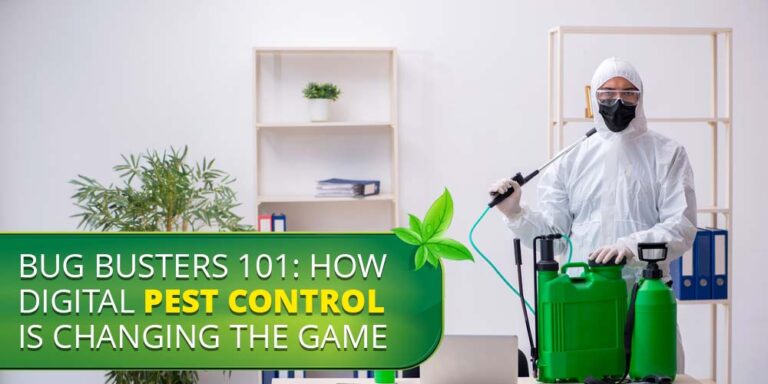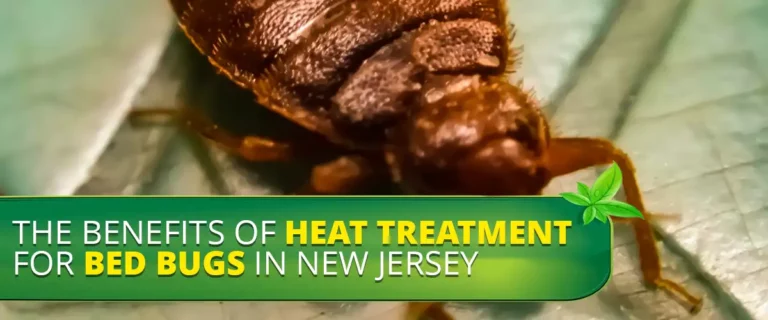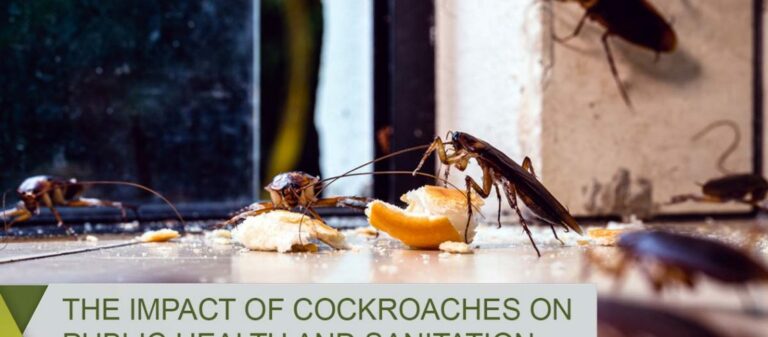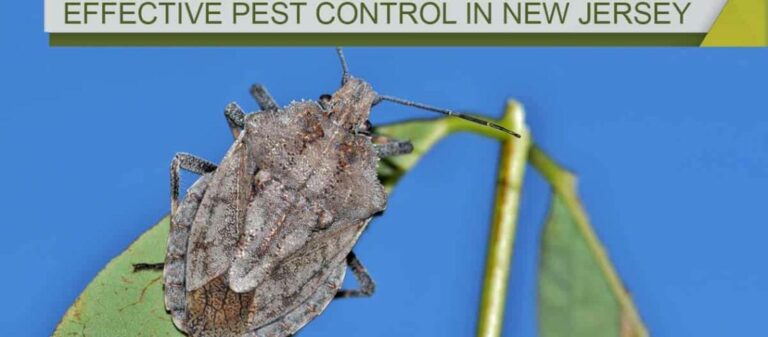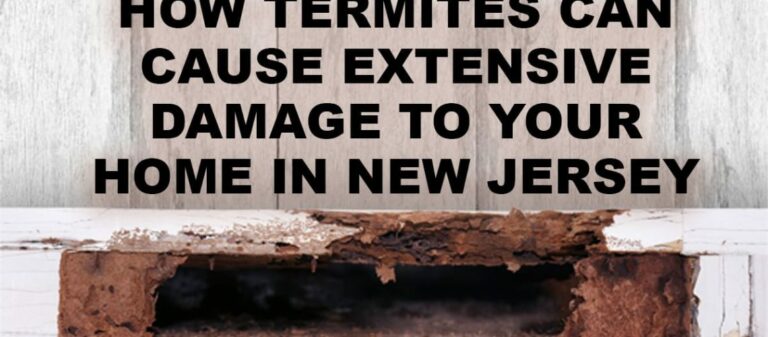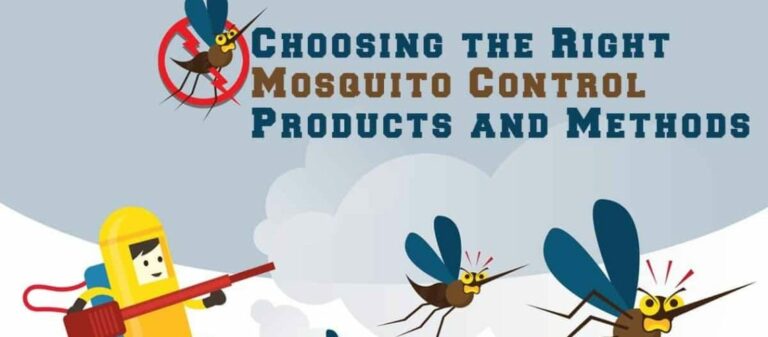Regarding creating structural damage, termites have earned the most notorious title. They also don’t sleep. The termite colony’s workers ingest cellulose found in plant cell walls and on wood (such as wooden furniture, floors, and walls) nonstop for 24 hours. Because of this, Americans shell out over $5 billion annually to repair damage brought on by termite infestations.
The fact that termite detection typically happens too late is frustrating. We only learn we have termites in our property when the structural damage already becomes evident and severe. This Old House (2022) asserts that when faced with a termite infestation, it pays to be cautious and act immediately. Termites reproduce incredibly fast, increasing their population to millions. Therefore, it is not surprising that termites can cause a building to collapse quickly.
Signs of Termite Infestation
Owners of homes and buildings can take several steps to stop termites from wreaking further devastation and ruin. However, the most essential step is to know and look for the following indications of a termite infestation:
- Strange tapping noise – Termites create tapping noises resulting from banging their heads on the walls of their mud tunnels. The sounds are supposed to alert other termites to any prospective threats. You can hear these strange tappings in lofts, basements, under floorboards, walls, and ceilings.
- Mud tubes – To create tube-like tunnels, termites bore into wooden constructions. These mud tubes typically protrude from the home’s exterior walls and extend toward the termites’ food source.
- Wood damage – Termites are drawn to wood and decaying trees because they eat cellulose. You can tap on a wooden building to listen for hollowness. Additionally, termites may ruin or warp the wooden components of your home. Termites may be to blame if you detect wood bending or swelling in your floors or ceilings.
- Bubbling paint – Water damage and termite damage have similar appearances. Bubbling or bumpy paint is a sign of moisture buildup, which can be brought on by termites or water.
- Droppings – Specifically, the droppings of dry wood termites resemble piles of wood-colored pellets.
- Reproductives or “swarmers” – The termite population is multiplied or reproduced by swarmers, also known as reproductives or immature winged termites. Swarmers would discard their wings and dead bodies after the mating season. You can spot these abandoned bodies and wings on window sills and doorways.
6 Ways to Eliminate Termites
Termite reproductives or swarmers can survive for up to 25 years, according to MyMove (2022). It is best to call in a termite control specialist to deal with a termite infestation. You should also use DIY techniques and preventative measures to decrease structural damage and make your home less appealing to termites. Think about the following advice from homeowners:
1. Use baits.
Installing consumer baits around the ground of your home’s foundation is an efficient technique for dealing with termites. Termite baits include toxins that are intended to inhibit termite growth. The toxins’ effect may be gradual, but any termites having poisons on them would unknowingly distribute the poison to the other termites. It could take several days to two weeks to entirely eradicate the termite colony, depending on the severity of the infestation.
2. Apply termiticides.
Termiticides are termite-killing products that are highly effective. However, the United States Environmental Protection Agency strongly advises that pest control specialists only employ treatments like termiticides. The intriguing aspect is that termites cannot detect termiticides. You can use the product to eliminate subterranean termites by spraying them on your home’s woodwork. Drilling holes in the termite-infested wood and filling them with termiticide are also ways to kill dry wood termites. After unwittingly distributing the pesticide’s contents and infecting other termites in the colony, termites who have taken the product eventually die.
3. Apply diatomaceous earth or DE.
With its tiny shards, diatomaceous earth pest powder can pierce and dry the exoskeletons of termites. To effectively kill termites with this substance, spray or sprinkle it on the infested areas.
4. Put a cardboard trap in place.
Homeowners suggest installing a homemade trap to catch and get rid of dry wood and subterranean termites. The procedure involves wetting two cardboard pieces; you have to assemble the wet pieces. Due to their attraction to cellulose, termites will crawl between the two cardboard pieces and become trapped. After collecting the termites, you can burn the cardboard. However, this procedure is not always 100% successful, considering that not every termite can be trapped simultaneously.
5. Activate the power of beneficial nematodes.
Time to get the help of beneficial nematodes, tiny worms that naturally parasitize pests like termites. These organisms can kill termites by piercing their host’s body and simultaneously releasing lethal pathogens.
6. Utilize essential oils.
Examples of essential oils that can destroy dry wood termites include neem and orange. The method involves mixing a few drops of the essential oil with dish soap and two cups of water before sprinkling the solution on the termite-infested areas.
Call Rest Easy Heat for Your Termite Problem
Termites are a massive threat to the integrity of our house’s structure. As property owners, we must employ termite treatment strategies, like the six suggested tips discussed in this blog, as soon as we become aware of an infestation. Most of all, we must always contact a trusted pest control company like Rest Easy Heat to solve the termite problem and prevent additional catastrophic disasters to our property.

